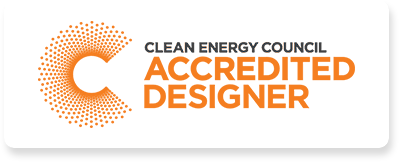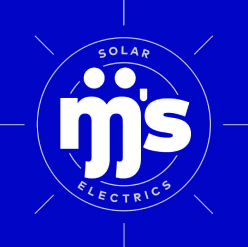Residential Solar Panel Installation
Find out how solar panels can help you save money on your electricity bills, increase your home’s value and lower your carbon footprint.
Why Choose Us?
Custom Tailored Quotes
You will get a custom quote that is tailored to your needs. We take into consideration your electricity bill, number of residents, roofline, budget, and aesthetic needs.
6-Month Free Monitoring
For the first 6 months following the installation, we will remotely monitor the functionality of eligible systems. A performance report will be provided every 3 months.
Thank You
Packs
You will receive a locally sourced thank you pack upon completion of the installation. This includes drone footage of the project on a custom USB.
The MJJ's Solar Installation Process
Our solar panel installation process at MJJ’s Solar is a 6-step process from inquiry to meter change. The entire process takes between two and three months.
1. Initial Inquiry for Solar Panels

The first step is speaking with one of our Specialised Solutions consultants for your designated area. Our consultants can answer initial questions about solar panels, our process, schedule a time to come out and view the property. During the in-person visit, they will examine your home and the grounds, answer any questions you may have and provide a personalised quote.
At MJJ’s Solar, we’d like you to know that we do not sell one type of solar panel system to all our clients. Instead, we look at your electricity usage, roofline and surroundings to determine shading and where to put the panels. Then, we consider your solar panel budget and tailor a system that is right for your home energy needs.

2. Signing Up for Solar Panel Installation

When you’re ready to move forward with your solar panel installation, all you have to do to sign up is accept the proposal and pay your deposit. Financing for your solar panels is available and some installations may be eligible for a solar rebate.
Once we receive your deposit or your finance is approved, our administrative team will get to work by ordering your solar panel system and submitting the grid application as well as any other required paperwork.

3. Two to Three Weeks After Your Solar Panel Deposit

It typically takes about two to three weeks to complete all the required paperwork and get your solar panels ordered and on the way. Between 14 and 21 days after you signed the agreement and paid your deposit, we’ll call you to schedule an installation date.
In most instances, we can schedule your solar panel installation for the week after we call (4 weeks after receiving your deposit). In some cases, weather, installation demand and your schedule can move this date forward or backward by a few weeks.

4. Installation of Your New Home Solar Panel System
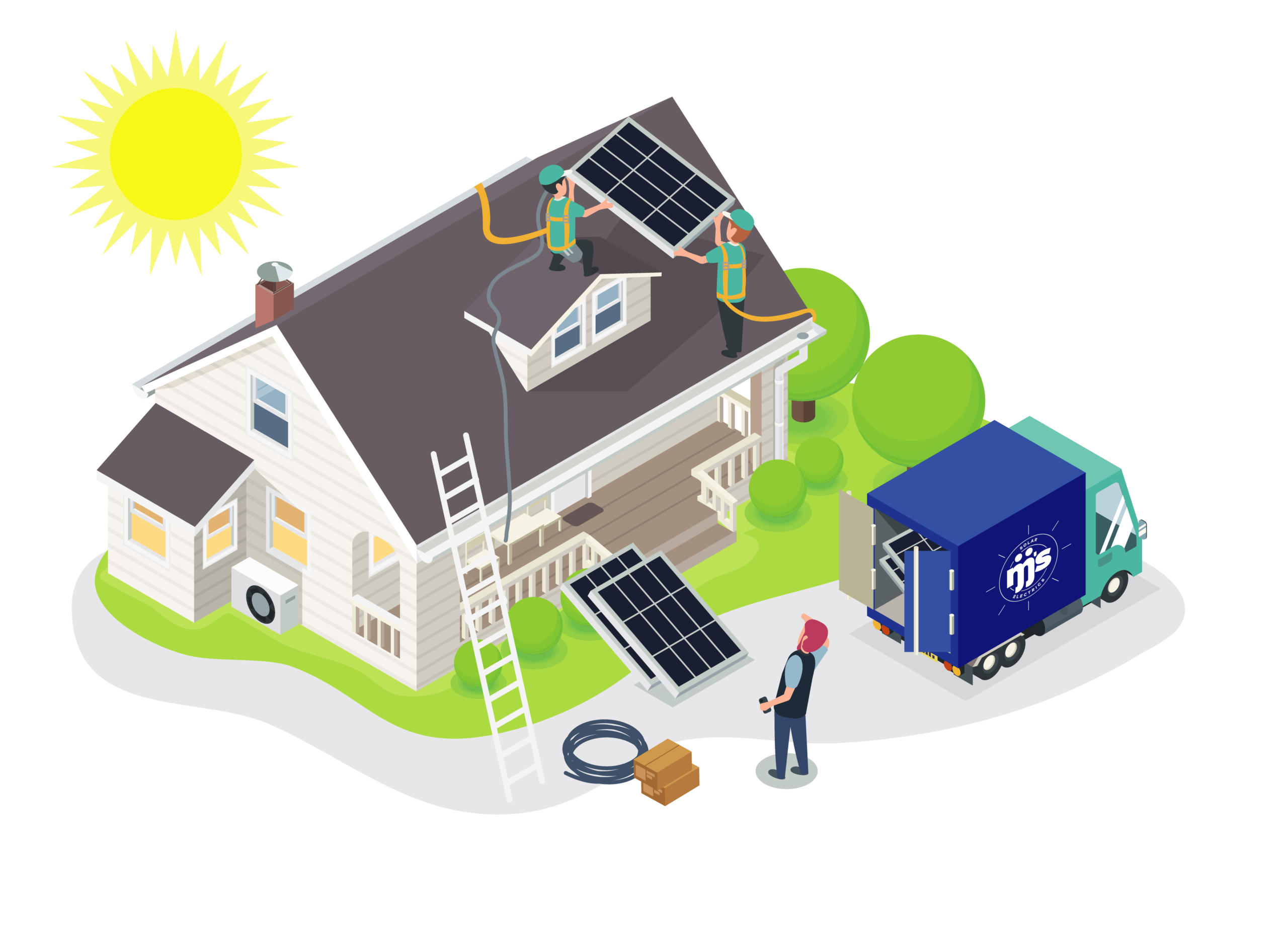
On the day or days of your solar panel installation, our team will arrive at your property around 7am. They will require access to your manhole and your wi-fi details, including your password in order to connect your inverter to the internet so that you can monitor your solar panels. You can change your password after installation is complete.
It’s important to note that due to changes to our internal WHAS procedures, your power will now be required to be isolated for a period of approximately 4 hrs. Whilst we appreciate that this can be a small inconvenience to yourself, our staff well-being is our highest priority. If you didn’t get financing for your solar panels, the invoice payment is due on the installation day.

5. Post Installation
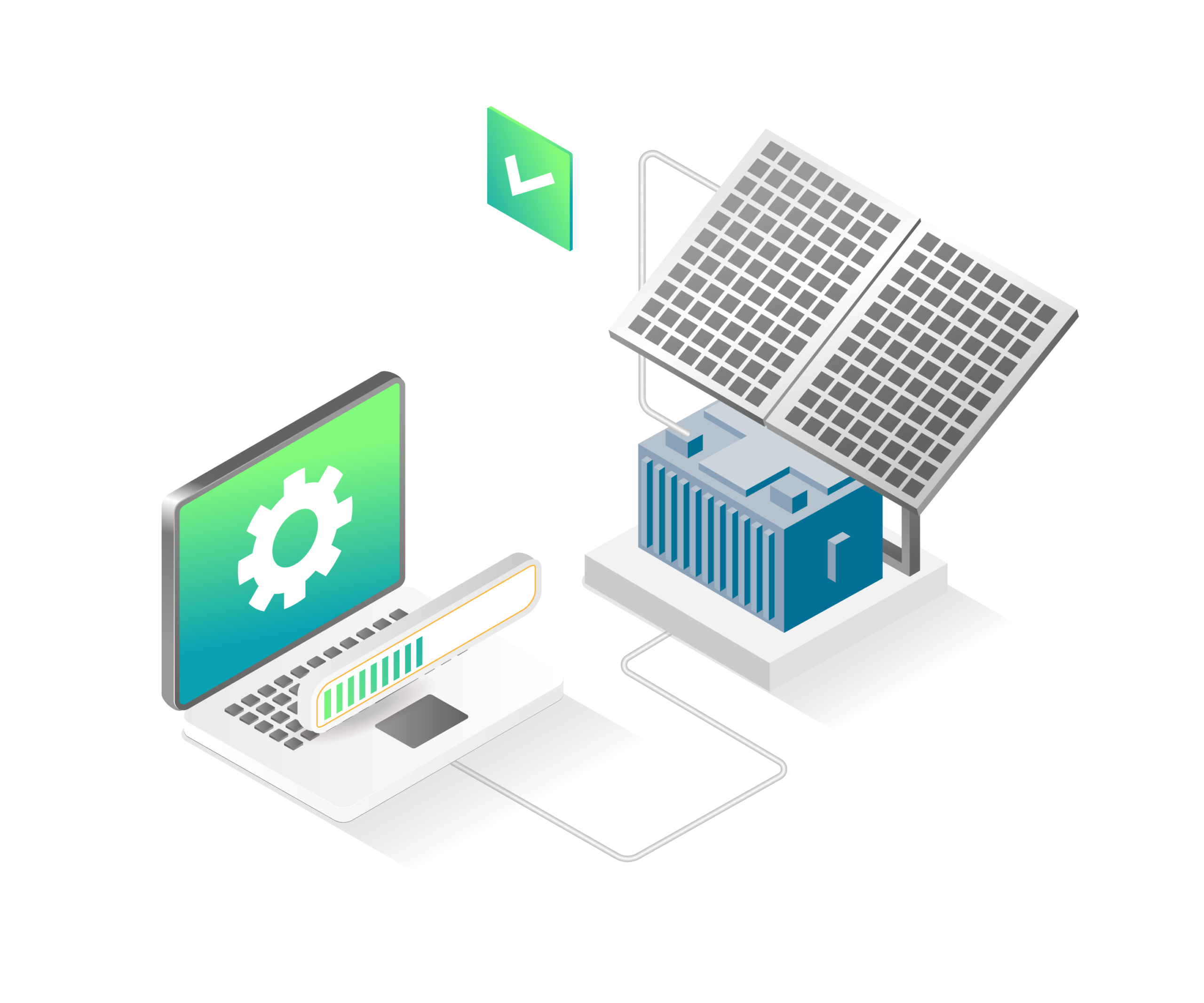
Three days after your solar panel installation, you’ll be given online system access. Our admin team will also send off any needed meter change paperwork to your energy provider and email you copies of warranties and other system information.

6. Meter Change
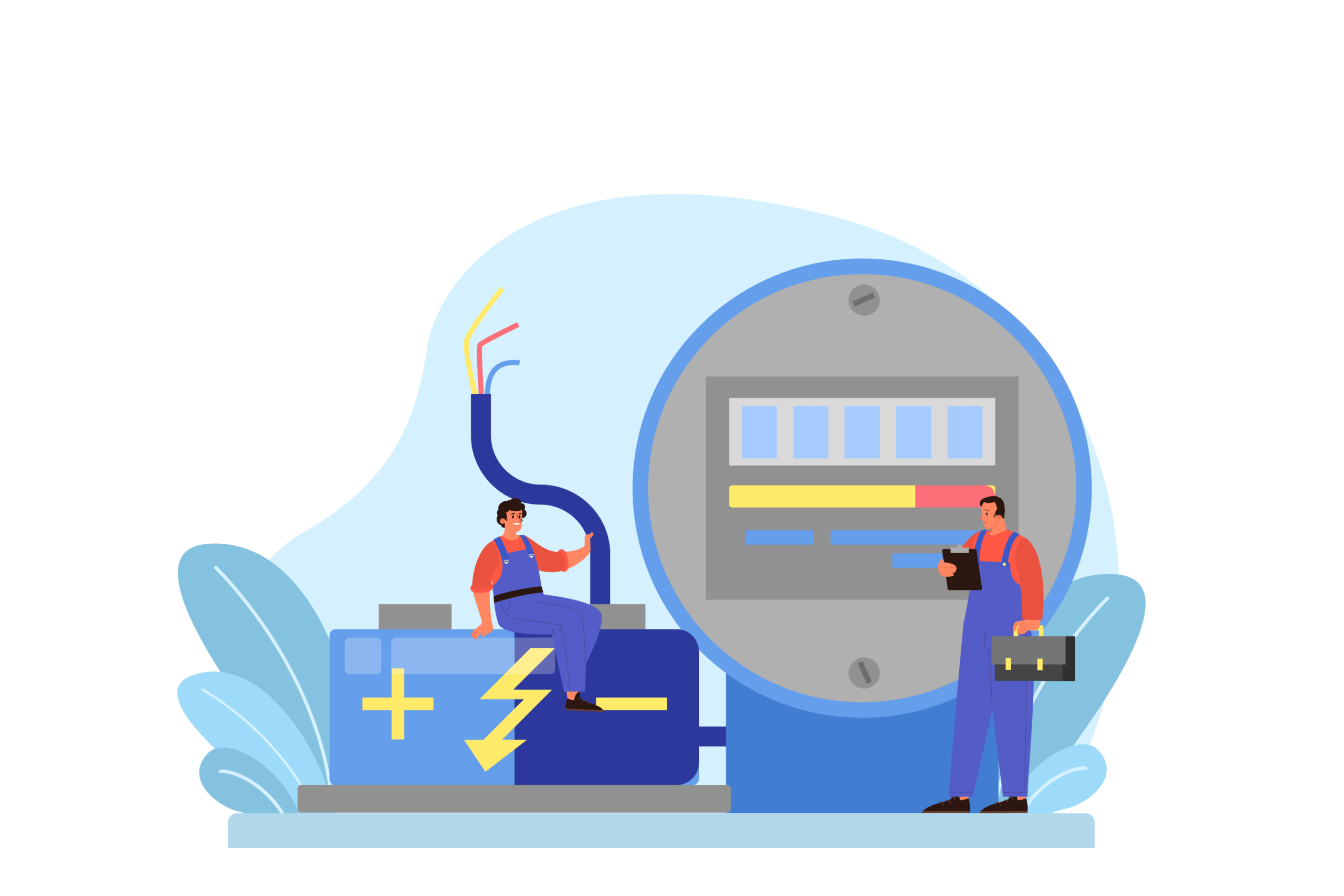
Between one and four weeks after submitting your meter change paperwork, your electric meter will be changed from your current one to a bi-directional meter. This allows the meter to measure outgoing electricity and apply a feed-in tariff while also allowing incoming electricity if you need more power than your panels are producing.
It’s important to note that your electric company will provide the meter exchange, and the costs and exact time frame are dependent on your provider.

Questions about Solar Energy? Ask the Experts.
Common Questions About Residential Solar Panel Installation
Here are a few of the common solar panel system questions we receive. If you have additional questions, we can answer them at any stage of the inquiry and installation process.
We offer solar panels from various manufacturers, including Jinko, Trina, Q-Cell, Suntech, Tindo (Australian Made), REC and LG. We can also source any other Tier 1 brand panel.
We offer solar inverters from Sungrow, Fronius, Solaredge and Enphase.
Our solar panel warranties range between 10 years and 25 years. Our inverter warranties range from 5 years to 12 years. We also have the ability to offer extended manufacturer’s warranties on certain brands, which can extend the warranty to between 20 and 25 years.
It’s important to note that the manufacturer holds the warranty, then the importer of the product and lastly the installer. For that reason, we only purchase solar panels, inverters and parts from reputable, long-standing companies.
We do prefer that someone is home for the installation when we arrive so that paperwork can be signed, and we can get access to your roof and your Wi-Fi password. However, you do not have to be at the house all day.
At its simplest, solar panels take the sun’s energy and convert it into electricity that can be used to power appliances, lights, electronics and even your heating and cooling system. Solar panels are constructed with photovoltaic materials, and the individual cells that make up the panel are known as PV cells. Each PV cell typically generates about one to two watts of power.
Since that’s not much power several PV cells are connected together to form each solar energy panel. In fact, the typical solar panel contains between 60 and 72 PV cells and can provide between 250 and 400 watts an hour. The typical residential solar power system produces between 1kW and 4kW of power.
One of the biggest benefits of solar power is that it saves you money, and solar panels save you money by reducing or eliminating your need for power produced by your electric company. The panels are typically installed on rooftops but can be installed in backyards if there’s enough open space. The power produced by the solar panel is funneled through a solar inverter where it converts the DC energy produced by the panels into AC power that can be used in homes.
Then, it moves to a switchboard where it is first used to power your home. If there isn’t enough energy being produced by the panels, the switchboard allows for additional energy to be drawn from the electrical grid. If excess power is being produced by the panels, it is sent into the grid to be used elsewhere in the municipal system. Power that you produce for the grid is a credit on your electric bill.
It’s important to note that most solar panel systems in Australia are connected to the grid without a battery backup. However, adding a battery backup can provide you with power when the electrical system is down or when you need more power than your panels are producing.
What Our Clients Say
We take pride in our residential solar panel installations and our customers have given us great feedback. If you’re still not sure, take a look at what some of our clients have to say.
Accreditations
Our team strives to stay up to date on the latest solar panel training and accreditations.

